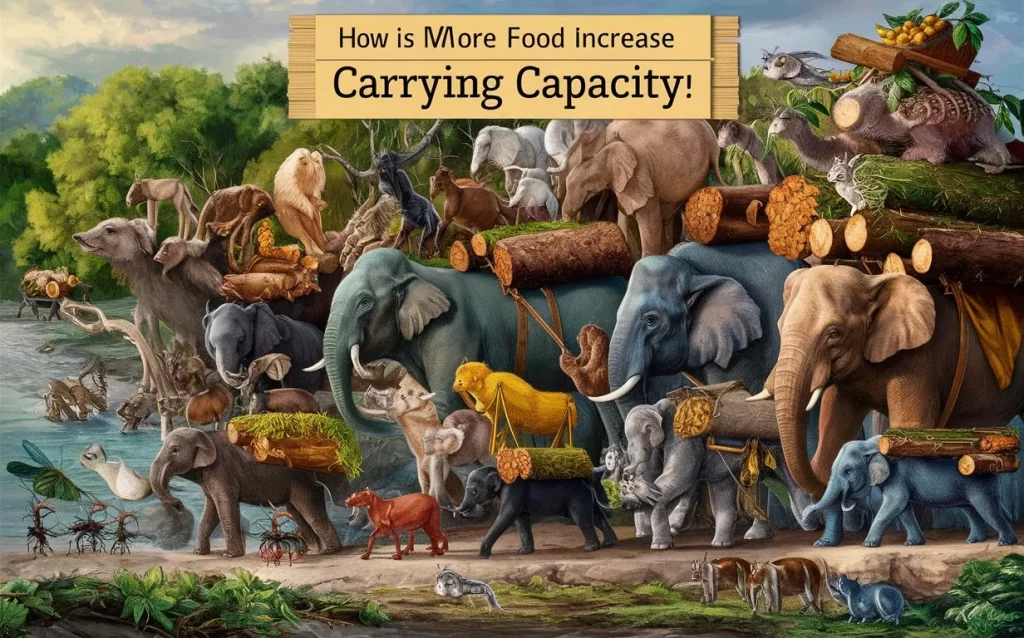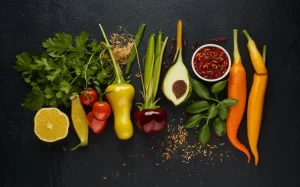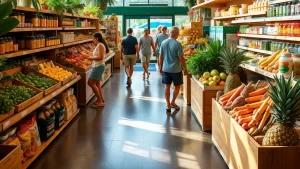Table of Contents
In nature, everything is connected. Life flourishes in equilibrium, from the smallest insect to the biggest mammal. But what happens when food becomes more abundant and available resources increase? How Is More Food Increase Carrying Capacity of Ecosystems? This article will explore how more food increases carrying capacity, unlocking nature’s secrets and revealing the latest exciting updates from brainly.com.
How Is More Food Increase Carrying Capacity: Comprehending Carrying Capacity
The maximum number of individuals a species can sustain is its carrying capacity. This idea is essential to comprehending how ecosystems work and preserve equilibrium. However, one crucial factor in determining carrying capacity is the amount of food produced per unit area. Food availability. The amount of food in an ecosystem directly impacts food security, affecting human carrying capacity. Factors like cropland, pasture, and fertilizer use can increase food production, while Limiting factors can be overcome when food is plentiful and available resources are abundant. For example, the deer population or resource requirements can reduce it. When more food is available, it can support an enormous population, maximizing the energy in the ecosystem and carrying capacity increases, allowing for a larger deer population and more primary consumers to thrive.
What Is Carrying Capacity?
Before exploring, The answer to your question about how more food can increase carrying capacity is multifaceted. Knowing what carrying capacity is is crucial. Carrying capacity is the maximum population an environment can permanently support based on resources like food, water, shelter, and space. Mosaic landscapes or cropland environments provide varying amounts of food to support life. A decrease in predationImplementing strategies like refrigerating the food can help reduce waste, such as fewer spoilage issues. Secondary consumers can also support a larger population. If more food is available, such as through improved crop yields, it can significantly influence the maximum number of individuals an environment can support. Irrigation, made available, increases the amount of food the environment can sustain. For example, increasing the food supply can help support up to a billion people worldwide, reducing environmental challenges and ensuring food security for hundreds of millions.
Example 2: The Carrying Capacity of Grazing Cattle
The carrying capacity The amount of energy available in an environment is influenced by how much land is available for Grazing, which can reduce the available resources for other species such as grazing. When considering cattle, graze refers to the amount of forage, such as grass, consumed without overusing the land. Factors like the amount of food determine the carrying capacity, and the energy in the ecosystem can be maximized. Grazing pressure and the land’s ability to regenerate. Sustainable management ensures the environment supports cattle and maintains a healthy ecosystem.
How Is More Food Increase Carrying Capacity: Expert-Verified Answer
Expert-verified answers suggest that increasing the amount of food available in an ecosystem directly influences its carrying capacity. More food means more resources for primary consumers, leading to a higher population of species that can be supported. For instance, enhancing food security through better cropland management, fertilization, and irrigation increases the food available and boosts the overall carrying capacity of an environment.
How Is More Food Increase Carrying Capacity: Food’s Function in Carrying Capacity
Food is one of the most significant factors influencing carrying capacity. Populations can increase, flourish, and spread when food is abundant. However, communities may find it difficult to sustain when food is limited. So, how does more food increase carrying capacity and the maximum number of individuals? The answer lies in the relationship between food availability and population growth, as discussed in the latest poped blog.
Abundant Food Supports Larger Populations
When food is plenty, it can support an enormous population, demonstrating the importance of available resources. More food translates into more energy for growth, reproduction, and survival. For example, herbivores like deer can find enough food to support a growing population in a forest with plenty of fruit-bearing trees, which increases the maximum number of individuals. More deer can live and flourish due to the forest’s increased carrying capacity.
Food Availability Influences Reproduction
Reproduction rates are also strongly impacted by dietary availability. Animals have a higher chance of successfully reproducing when they can access plenty of food. This increase in reproduction leads to population growth. For instance, when there is an abundance, rabbits might produce more children, raising the population as a whole and, in turn, the environment’s carrying capacity.
Preventing Starvation and Mortality
More food also helps prevent starvation and mortality. People may struggle to find enough to eat in places where food is scarce, which could result in famine and death. However, the population can support more people when food becomes more readily available, lowering the risk of hunger. An increase in carrying capacity is reflected in this population growth.
Natural Examples: How Is More Food Increase Carrying Capacity
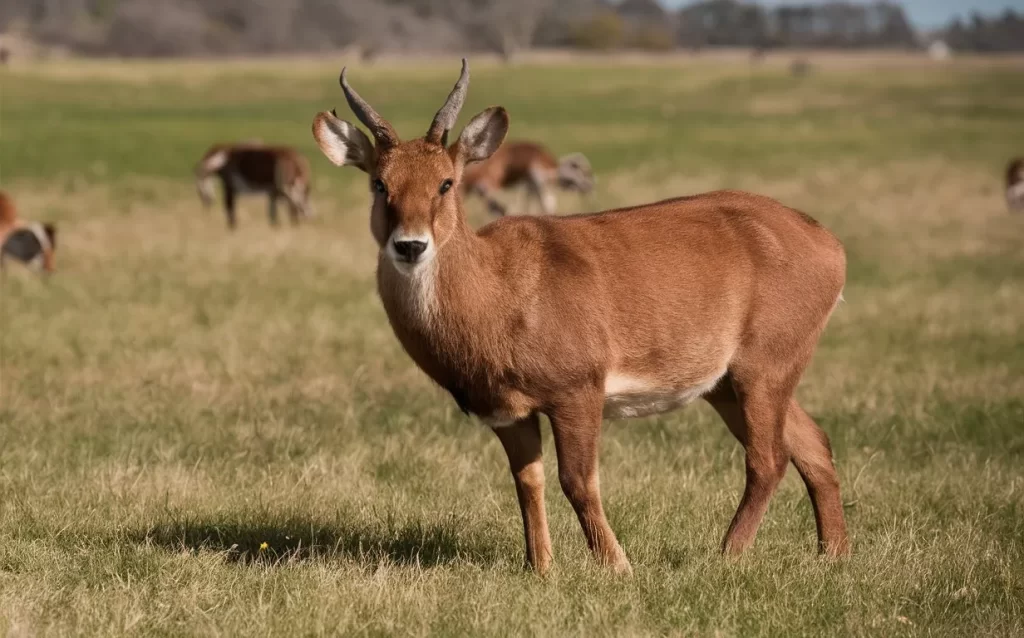
Let’s look at real-world examples of How More Food Increase Carrying Capacity in various ecosystems.
The African Savannah
In the African savannah, food availability largely determines the carrying capacity of herbivores like zebras and wildebeests. These herbivores flourish, and their numbers increase during the rainy season when there is an abundance of grass. As a result, the carrying capacity of the savannah increases. However, a lesser carrying capacity may result in declining population growth during the dry season when food is scarce.
Marine Ecosystems
Additionally, it is shown in marine environments that carrying capacity is increased with greater food. Many marine animals in the water rely on plankton as their main food source. Fish and other aquatic animals have enough food when plankton levels are high, which promotes population expansion. More species can flourish because of the marine ecosystem’s increased carrying capacity due to the abundance of food.
Urban Wildlife
Carrying capacity is affected by food supply even in urban settings. For instance, pigeon, rat, and raccoon populations may increase in urban areas where food waste is prevalent. The population grows due to this increase in food supply, showing how additional food can boost carrying capacity even in artificial situations.
How Is More Food Increase Carrying Capacity: Human Intervention’s Effect on Carrying Capacity
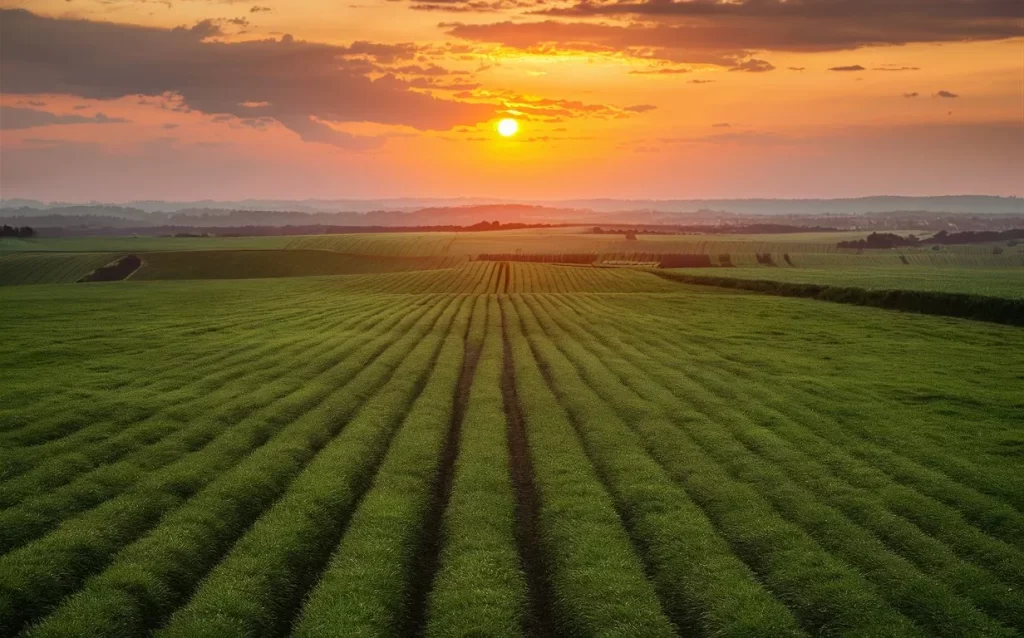
Humans significantly impact carrying capacity through agriculture, hunting, and environmental management. Humans can artificially raise the carrying capacity of specific environments by increasing food availability through methods like using a spray bottle for irrigation. However, this intervention can have both positive and negative consequences.
Agricultural Advancements
Humans have been able to improve food production significantly thanks to agricultural advancements. The planet’s carrying capacity has increased due to the increased food supply supporting larger human populations. However, this comes with challenges, such as managing resources sustainably to avoid overexploitation and environmental degradation.
Also Read: Lowes Foods Weekly Specials: Unmissable Deals and Surprises!
Wildlife Conservation Efforts
Increasing food availability for endangered species is a common goal of wildlife conservation initiatives. Conservationists can increase population sizes and the ecosystem’s carrying capacity for these animals by offering more food sources. In many instances, this strategy has effectively restored populations of species that were previously in danger of going extinct.
It is clear that there is a relationship between carrying capacity and food availability: carrying capacity increases as food becomes available. This growth allows populations to expand, flourish, and maintain larger numbers. Whether in the wild, the ocean, or an urban setting, food plays a crucial role in determining the number of persons that an environment can sustain. It is crucial to comprehend this link to manage ecosystems, protect species, and guarantee the sustainable growth of human populations.

